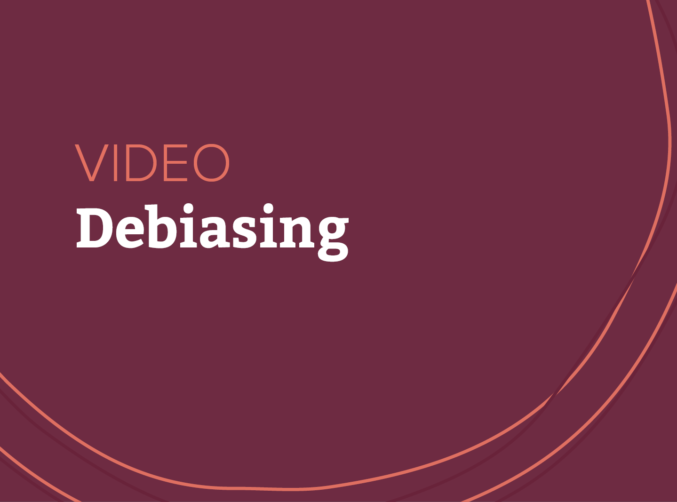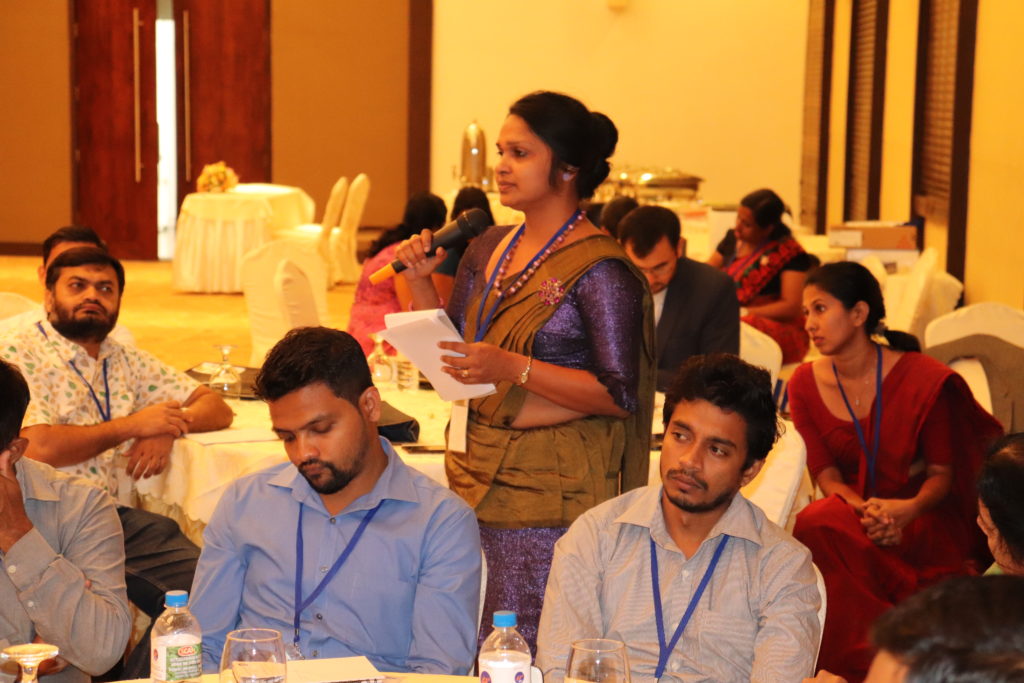Most field visits are planned, accompanied by government or NGO staff and subject to well-known biases. Debiasing visits involve travelling in unbranded vehicles without an official escort – though translators are likely to be needed.
Communities can be selected randomly and not told in advance. Once there, visitors wander around, observe, ask questions and listen non-judgementally. It is important that those undertaking this do not go to lecture or promote their particular programme but use the time to listen and learn.
There are potential safety concerns with this approach that will need to be taken into consideration, with an assessment of the context/area undertaken in advance, and researchers or practitioners ensuring they do not put themselves, or others, at risk.
There is no substitute for direct personal experience and how this can correct the biases of recognised official (including NGO and international agency) perceptions. Though impossible to completely remove bias this approach offers a way to explore and challenge the official narrative.
It is now more important than ever as practitioners become increasing trapped in urban centres attending meetings, presenting at conferences, hosting visitors and responding to emails.
Experience by SLH staff has found that if the same community is visited after a year or two it can help get a sense of change, or lack of it.
This approach has enabled SLH staff and partners to meet with and gather stories from those often missing from official glossy programmatic documents – those who live in communities who have never been visited – for example those that may not be responding to particular interventions, stigmatised communities and households and those who are discriminated against.







